Food tells the story of a place better than any guidebook ever could. Every region across America has developed its own special dishes that reflect local ingredients, cultural traditions, and community pride.
From sweet breakfast treats in the South to hearty comfort foods in the Midwest, these unique flavors give you a true taste of where you are. Ready to explore some of the most interesting regional foods that locals swear by?
1. Chocolate Gravy
Picture waking up to the smell of warm biscuits and something sweet bubbling on the stove. Down in Arkansas and parts of the South, families have been making this unusual breakfast treat for generations.
Made with cocoa powder, flour, sugar, and milk, this rich sauce gets poured over fresh buttermilk biscuits like regular gravy. The result tastes like liquid chocolate cake that soaks into every fluffy layer.
Many grandmothers guard their secret recipes, adding vanilla or a pinch of salt to make their version special. Visiting the Ozarks without trying this sweet morning tradition would be like missing the heart of Southern hospitality.
2. Boiled Peanuts
Roadside stands across South Carolina and Georgia sell these salty, soggy treats in paper bags that steam up car windows. Fresh green peanuts get cooked in heavily salted water for hours until they become soft and mushy.
The texture surprises first-time visitors who expect crunchy nuts but get something closer to cooked beans. Salt water soaks through the shells, creating an addictive snack that locals eat by the handful.
Baseball games, county fairs, and beach trips all feature these humble legumes. Many families have their own special spice blends, adding cajun seasoning or hot peppers to make each batch unique and memorable.
3. Cheese Curds
Wisconsin takes its dairy seriously, and these squeaky little nuggets prove it. Fresh cheese curds make a distinctive sound when you bite them, earning the nickname “squeaky cheese” from proud locals.
The fresher they are, the louder they squeak against your teeth. Most cheese factories sell them warm, straight from the vat, when they taste creamy and mild.
State fairs serve them battered and deep-fried until golden brown and stretchy inside. Gas stations, grocery stores, and restaurants all stock these protein-packed snacks that disappear quickly once the squeakiness fades. Eating day-old curds just feels wrong to any true Wisconsinite.
4. Green Chile
New Mexico grows a special variety of chile pepper that turns entire communities into seasonal workers every fall. Families roast bushels of these mild to medium-hot peppers over open flames, filling the air with smoky sweetness.
The roasted chiles get peeled, chopped, and frozen to last all year. Local restaurants put green chile in everything from burgers to breakfast burritos, creating a flavor that defines the state.
Hatch chiles are considered the best, grown in a small valley with perfect soil and climate. Visitors often ship boxes home because no other pepper tastes quite the same as these New Mexican treasures.
5. Fluffernutter
Massachusetts kids grow up thinking everyone eats sandwiches made with peanut butter and marshmallow fluff. This sticky, sweet combination became official when the state legislature declared it a signature sandwich.
Marshmallow Fluff was invented in Somerville, making this treat a true local creation. The white, gooey spread pairs surprisingly well with creamy or crunchy peanut butter on soft white bread.
School cafeterias still serve fluffernutters, and many adults remember trading lunch items to get one. Some families add sliced bananas or use different bread, but the basic recipe remains perfectly simple and sweetly satisfying for all ages.
6. Stuffed Quahogs
Rhode Island beaches provide the giant clams that become this beloved appetizer. Local restaurants grind up the tough clam meat and mix it with breadcrumbs, herbs, and spices before stuffing it back into the shell.
The mixture gets baked until golden brown on top and served piping hot. Each bite delivers ocean flavor mixed with savory stuffing that tastes like Thanksgiving dinner.
Pronounced “ko-hogs,” these oversized clams are too chewy to eat raw like their smaller cousins. Portuguese immigrants brought stuffing techniques that transformed tough shellfish into tender, flavorful bites. Beachside shacks serve them alongside clam cakes and coffee milk for the complete Ocean State experience.
7. Scrapple
Pennsylvania Dutch farmers created this breakfast meat from necessity, using every part of the pig including scraps that might otherwise go to waste. Ground pork gets mixed with cornmeal and spices, then formed into loaves.
Sliced thick and fried until crispy outside but soft inside, scrapple has a unique texture that either wins people over or sends them running. The cornmeal gives it a slightly grainy feel that pairs well with eggs and toast.
Philadelphia diners serve it alongside traditional breakfast foods, and many locals grew up eating it without questioning the ingredients. Trying scrapple means embracing the practical, waste-not philosophy that built American farming communities.
8. Pepperoni Rolls
West Virginia coal miners needed portable lunches that wouldn’t spoil in hot, humid underground conditions. Italian immigrants solved this problem by baking pepperoni inside bread dough, creating a self-contained meal.
The spicy meat flavors the bread from inside out while staying fresh for hours without refrigeration. Modern versions sometimes include cheese, but purists prefer the original simple combination.
Gas stations, school cafeterias, and local bakeries all make their own versions of this handheld meal. The state legislature even declared pepperoni rolls the official state food, recognizing how this practical creation became a symbol of working-class ingenuity and immigrant adaptation.
9. Ramps
Appalachian mountains hide these wild leeks that grow for just a few weeks each spring. Ramps taste like a cross between garlic and onions, with a pungent flavor that lingers on your breath for days.
Mountain communities celebrate ramp season with festivals featuring ramp burgers, ramp cornbread, and scrambled eggs with ramps. The smell can clear a room, but locals consider it a sign of spring.
Foraging for ramps requires knowledge of where they grow and sustainable harvesting practices. Many families guard their secret ramp patches like buried treasure, passing down locations through generations. Missing ramp season means waiting another whole year for these wild, wonderful vegetables.
10. Clam Chowder
New England takes its clam chowder seriously, with heated debates about what makes the perfect bowl. Thick, creamy white soup loaded with tender clams, potatoes, and sometimes salt pork creates comfort in a bowl.
Boston restaurants serve it in bread bowls, while Maine lobster shacks ladle it over crackers. The cream base distinguishes it from Manhattan’s tomato-based version, which many New Englanders refuse to acknowledge.
Fishing communities have made chowder for centuries, using whatever clams the boats brought in that day. Each family recipe varies slightly, but the creamy, oceanic flavor remains constant. Ordering red chowder in Boston might get you some serious side-eye from locals.
11. Blue Moon Ice Cream
Bright blue ice cream that tastes like fruity cereal milk has confused and delighted Midwest kids for generations. The exact flavor remains a mystery, with theories ranging from vanilla and lemon to cotton candy and bubblegum.
Different ice cream makers guard their blue moon recipes, creating slight variations across Michigan, Wisconsin, and Illinois. The vivid color turns tongues and teeth blue, making it a favorite for birthday parties.
Many adults remember begging for blue moon scoops at local ice cream shops, drawn by the unusual color and sweet, indefinable taste. Some companies have tried to expand distribution, but blue moon remains stubbornly regional, like a delicious secret the Midwest refuses to share.
12. Stuffed Kolaches
Texas took the Czech sweet pastry and filled it with breakfast sausage, creating a handheld meal perfect for busy mornings. Traditional kolaches were fruit-filled desserts, but Texan creativity transformed them into savory convenience food.
Soft, pillowy dough wraps around seasoned sausage links, sometimes with cheese or jalapeños added for extra flavor. Gas stations across Texas sell them warm from cases, making them the unofficial state breakfast.
Czech immigrants brought the original recipe, but Texas innovation made kolaches into something entirely new. Donut shops specialize in dozens of varieties, from classic sausage to exotic combinations. Pronouncing it “ko-LAH-chee” marks you as a true Texan who understands this beautiful fusion of cultures.
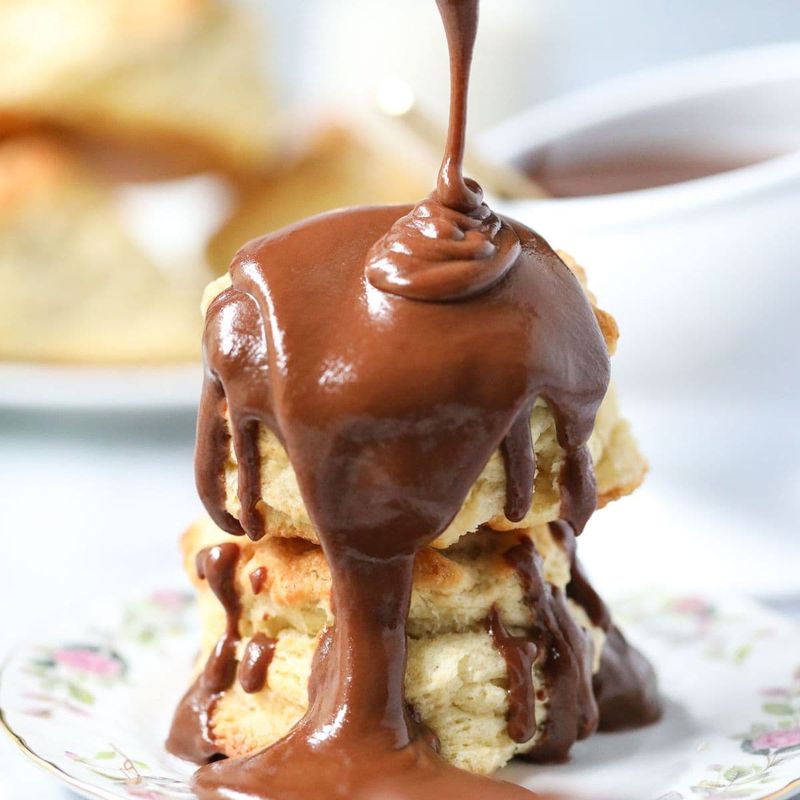
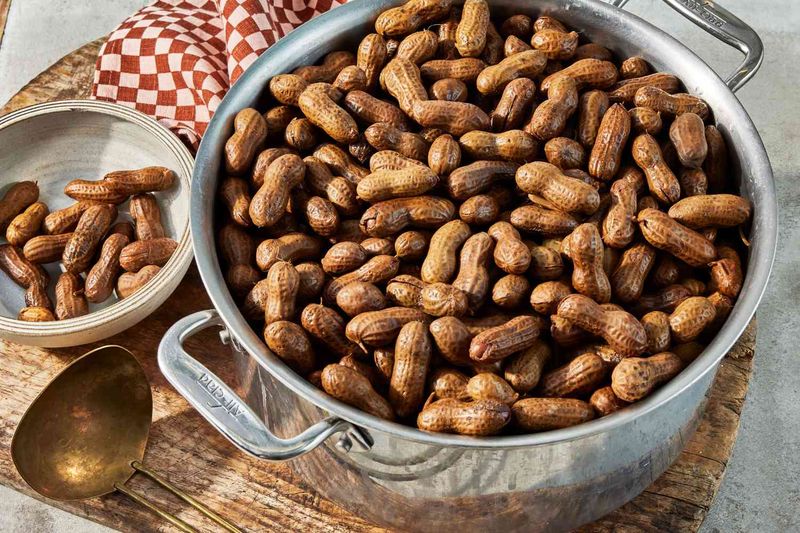
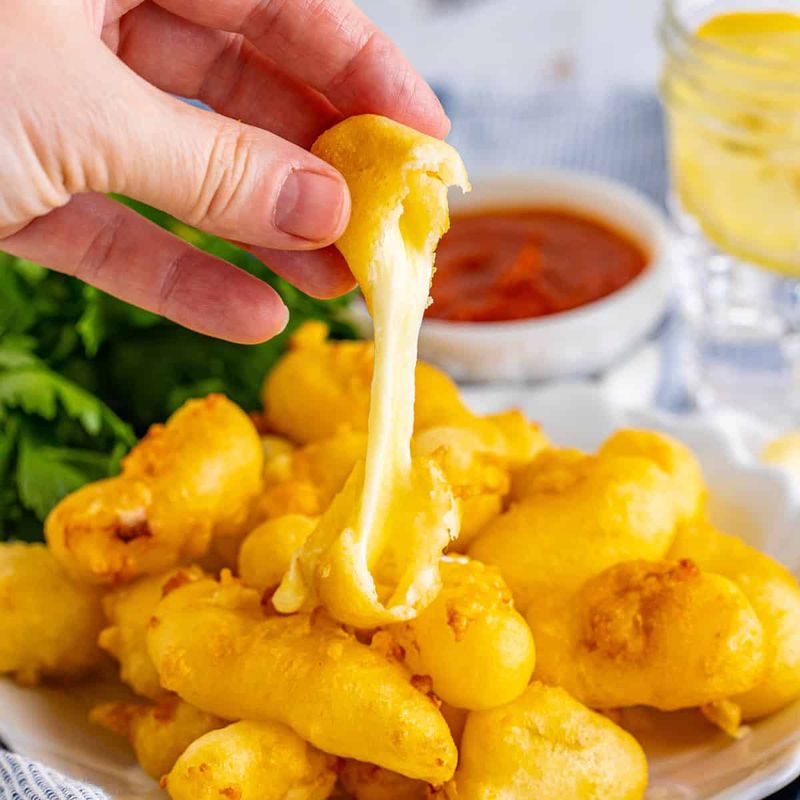
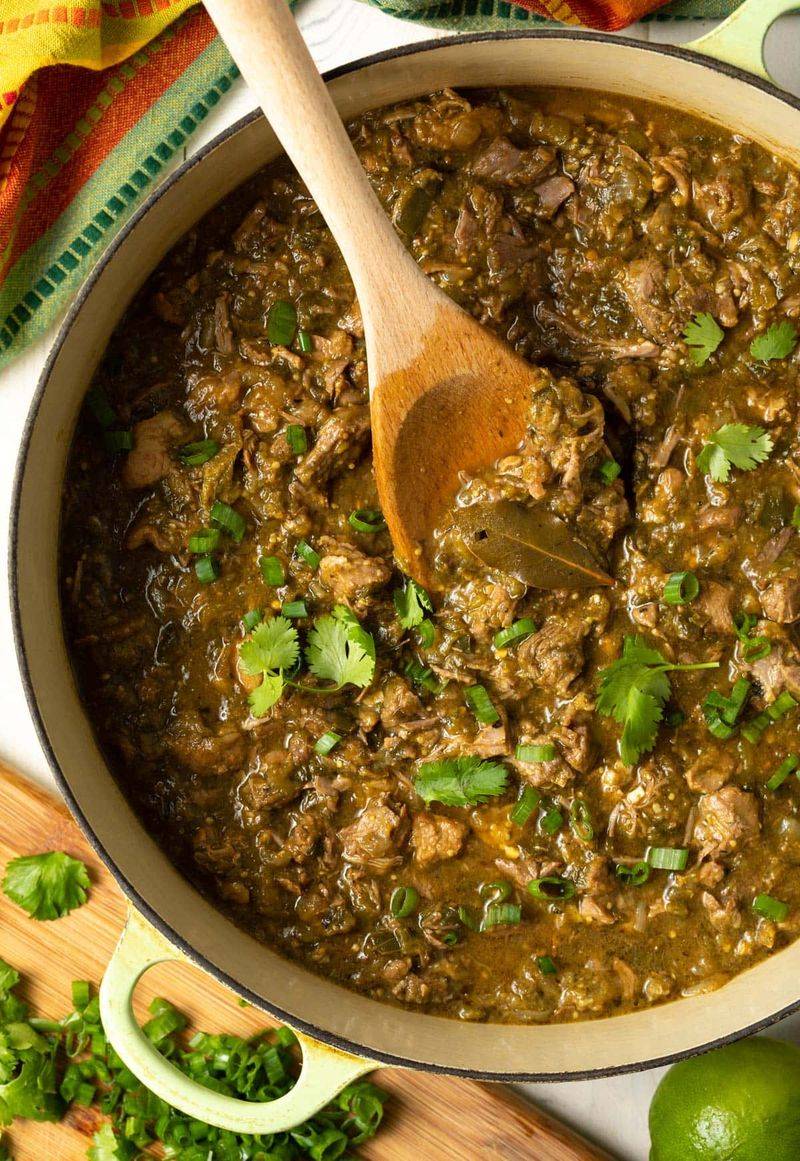
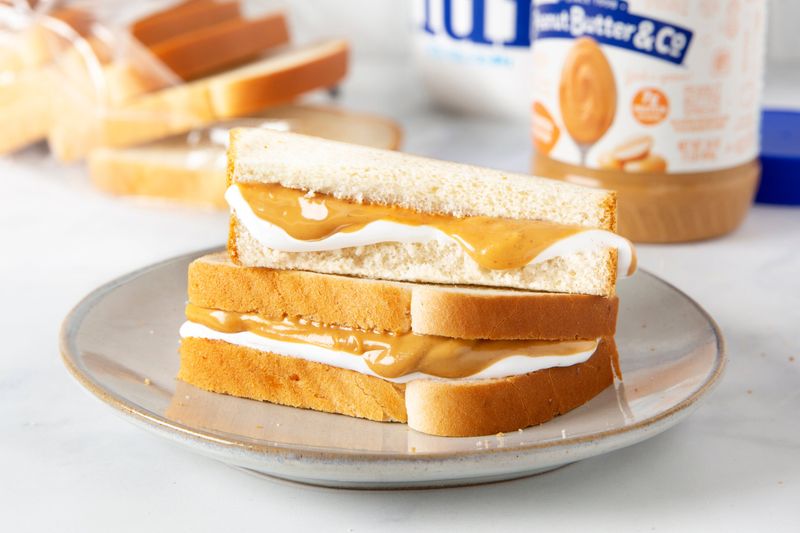
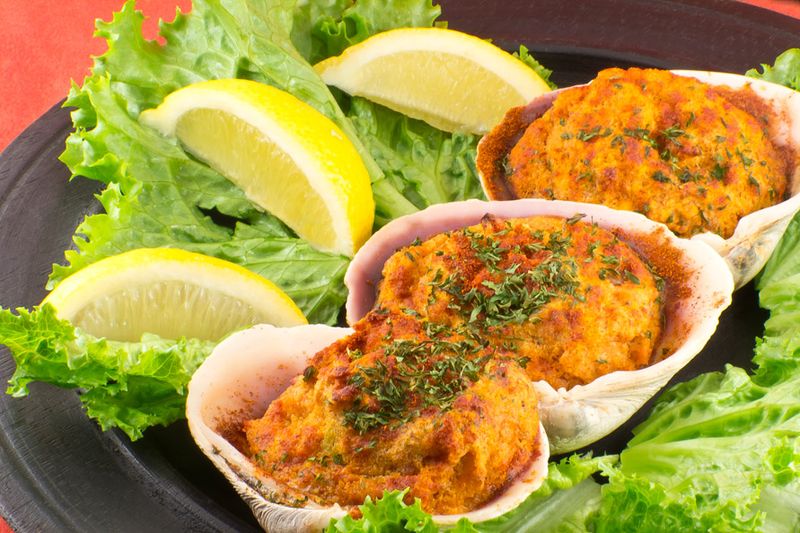



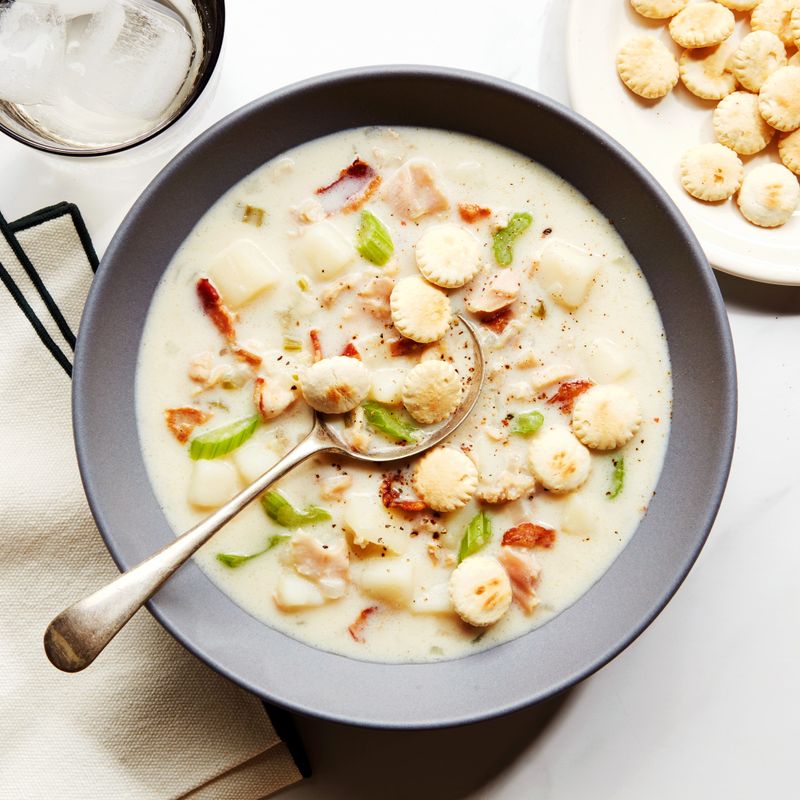


Leave a comment